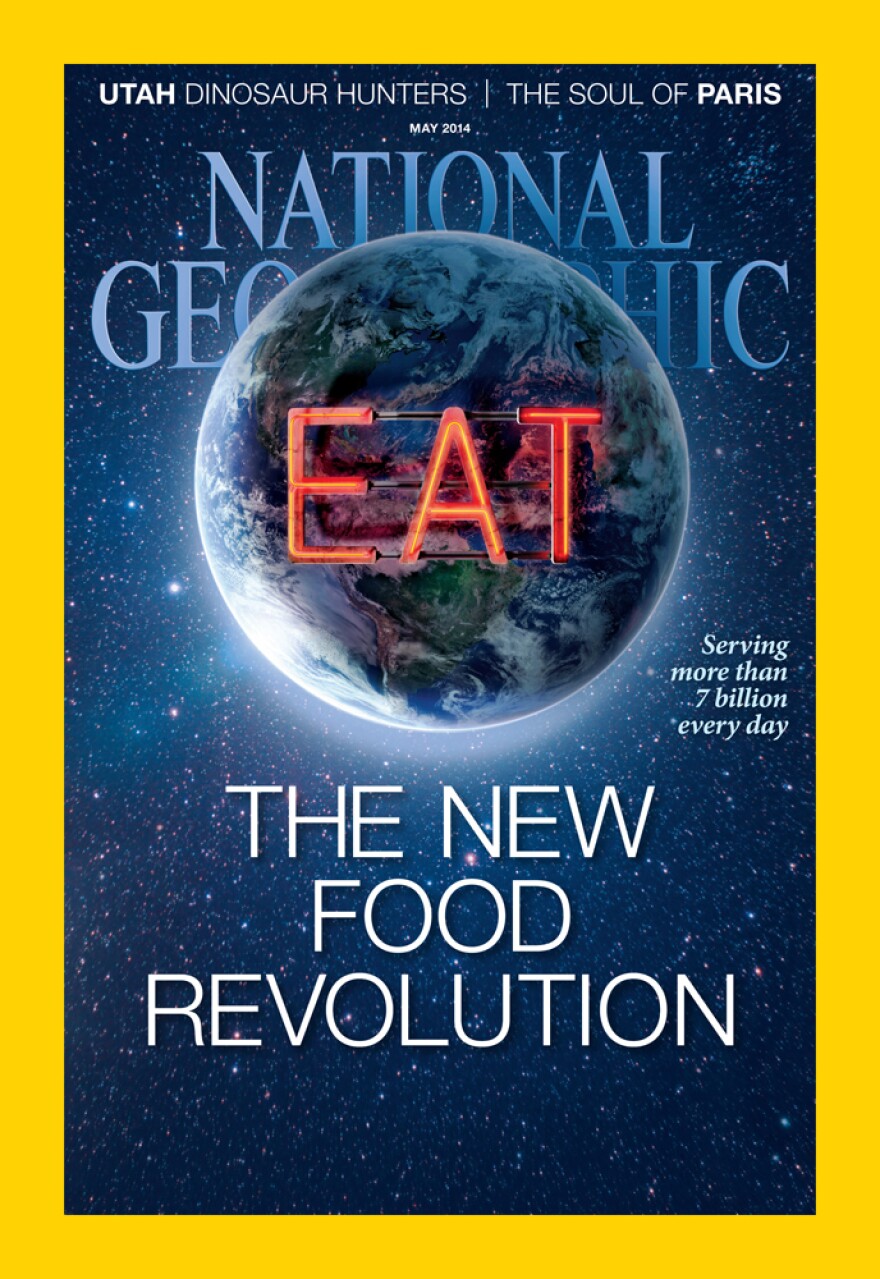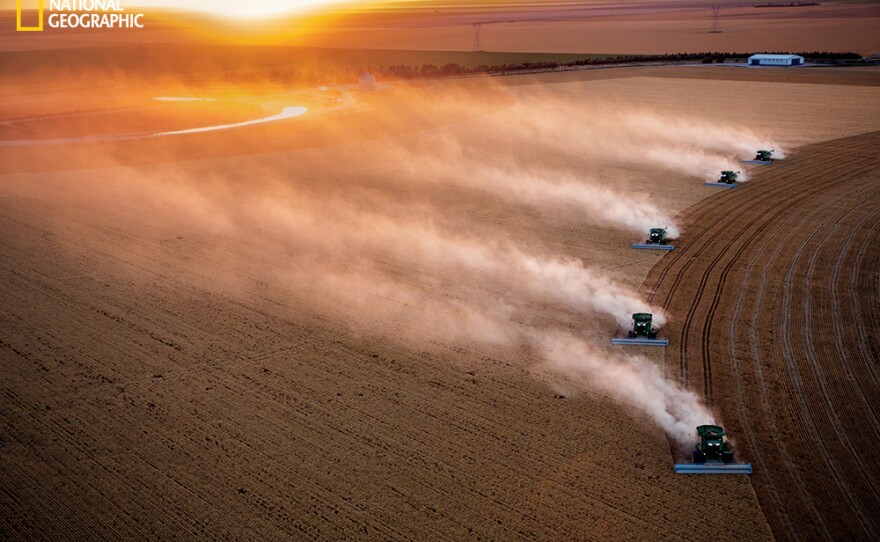With the world’s population exploding, we’ll have many more mouths to feed in the near future. But agriculture already uses up tons of resources and land. So how can we grow more food and how can we limit its damage to the environment?
Jonathan Foley, director of the Institute on the Environment at the University of Minnesota, wrote “A Five Step Plan to Feed the World,” in the May issue of National Geographic as an answer to those kinds of questions.
“When we think about threats to the environment, we tend to picture cars and smokestacks, not dinner,” Foley wrote in the piece. “But the truth is, our need for food poses one of the biggest dangers to the planet.”
Stop clearing land
The central tenet of Foley’s article is that humanity needs to do more with less. Farmers need to grow more food, more calories, more meals. And do it with less space, less fertilizer, less chemicals.

“Freeze the footprint of agriculture,” Foley says, because agriculture already accounts for almost 40 percent of the ice-free land on earth.
Clearing out rainforests and other virgin land can “cause enormous environmental damages – to biodiversity, to climate, to watershed and so on,” Foley says.
But that’s where the challenges come on strong. The world population is expected to jump to more than 9 billion people by 2050, according to the United Nations, so we’ll need a lot more food.
Get more efficient - with land and resources
“If we can’t expand the area of agriculture, we’re going to have to grow more food and nutrition on land we’ve already cleared,” Foley says.
That means being more efficient. Interestingly, Foley says that could mean embracing the latest technology like genetically modified crops and intensive precision agriculture. But it could also mean borrowing from the organic farming playbook and replenishing soil nutrients by growing legumes and cover crops.
Change diets
“We could feed about 16 people out of every hectare of land in the Corn Belt of America, but in fact we feed about five,” Foley says. “Because what we’re feeding them is meat and ethanol, mainly.”
American farmers should grow less to feed animals and create biofuels, and more to feed people.
“That five people per hectare is about the same number of people that Bangladesh feeds out of every hectare of their land,” Foley says.
Reduce waste
About one-quarter of all the world’s food calories are wasted before they’re consumed, according to some estimates. Whether due to poor transportation and storage networks or too-large portion sizes, we could feed many more people with what we already have.
For more on food and agriculture visit Harvest Public Media





